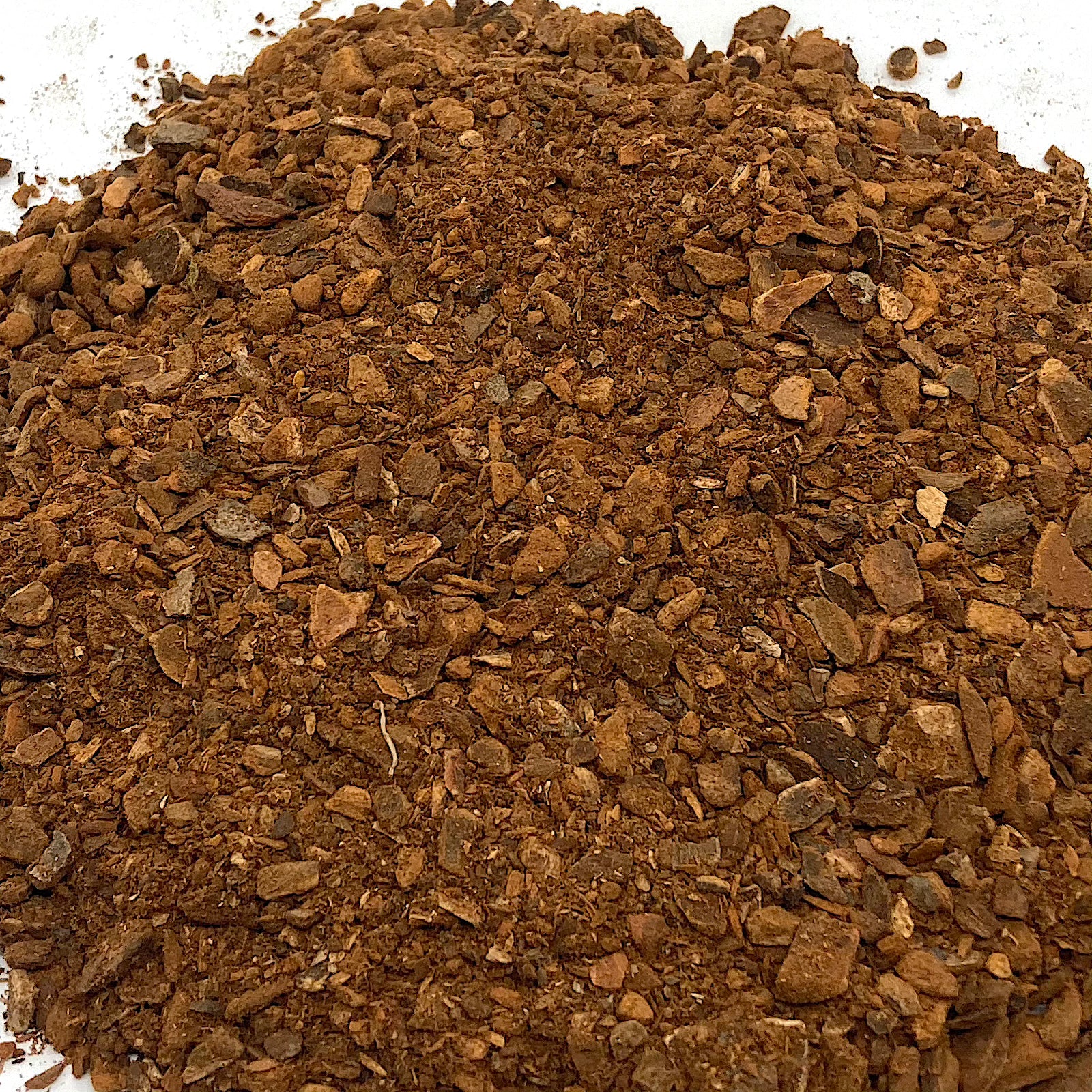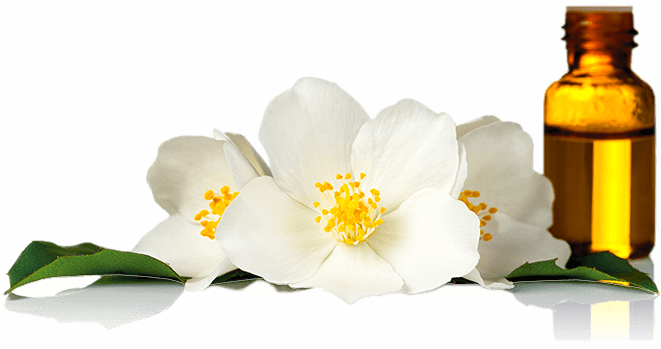Description
USA. Sassafras (Sassafras albidum) Bark, Cut and Sifted, Wild Harvested
Family: Lauraceae
Sassafras is a deciduous tree, found in eastern North America, from southern Canada to northern Florida, and westward to east Texas and Iowa. It can reach heights of 10 to 50 and even occasionally 100 or more feet, with larger trees growing in warmer southern locations. It flourishes in open woods, along fences, or in fields, and favors moist, sandy soils.
The history of Sassafras is remarkable. According to legend, Columbus found North America because he could smell the scent of Sassafras trees. During the first 200 years of European settlement, Sassafras was a significant export from the “New World,” just behind tobacco for a period in the early 1600s. Promoted especially as a cure for syphilis and malaria, harvesting reached the point of depleting what had earlier been a very abundant tree. Sassafras Bark was long used as a key ingredient for root beer—many home brewers still use it—and Sassafras leaves are used as filé powder for Creole gumbo.
Sassafras Bark was used extensively as a healing herb by Native American tribes, including the Cherokee, Chippewa, and Iroquois. They brewed Sassafras tea for colds, diarrhea, intestinal parasites, arthritis, malaria, measles, postpartum fever, STDs, skin diseases; topically for wounds and sores, and as an eyewash; and drank it as a “blood medicine,” for weight loss, and as a beverage tea.
Like many other indigenous medicinals, Sassafras is featured in the writings of Eclectic physicians and US and European herbalists, who used it to treat arthritis, high blood pressure, skin conditions, fevers, menstrual and kidney problems; to promote sweating and urination, to improve digestion, to decrease mother’s milk, etc., and also to flavor herbal formulas. Dr. Christopher called Sassafras “the finest spring tonic known to man. It thins the blood as it cleanses old sludge from the bloodstream.” In a 1993 letter to Midwifery Today, Lisa Leiberman, an experienced Pacific Northwest midwife, recommended Sassafras tea to help prevent postpartum mastitis.
In 1960, concerns over safrole’s carcinogenicity, based on experiments in which large amounts of the compound were administered to rats, prompted FDA to restrict safrole, which had previously been used as a flavoring and fragrance in many products. Safrole is not unique to Sassafras: smaller amounts are also found in Ginger, Anise, Cumin, Nutmeg, Cinnamon, and Black Pepper. Sassafras tea was banned in the US between 1977 and 1994, and today remains in the gray zone of traditionally valued but recently stigmatized herbs, despite an apparent absence of clinical reports indicating toxicity from normal use.
Dr. Christopher suggested that Sassafras tea not be taken for more than 3-4 weeks at a time. As an emmenagogue, it should not be used during pregnancy.
*These statements have not been evaluated by the FDA. These products are not intended to diagnose, treat, cure or prevent any disease.








